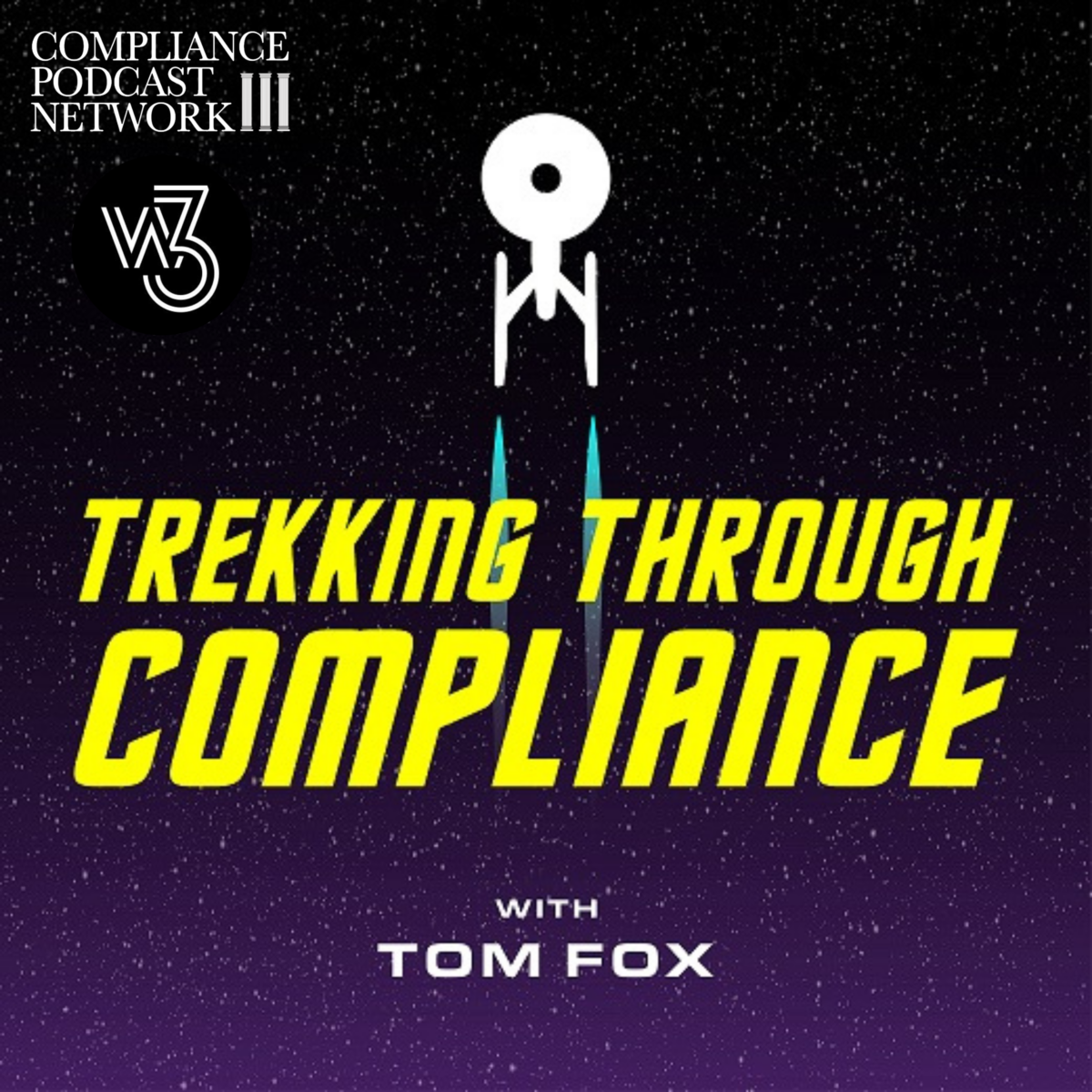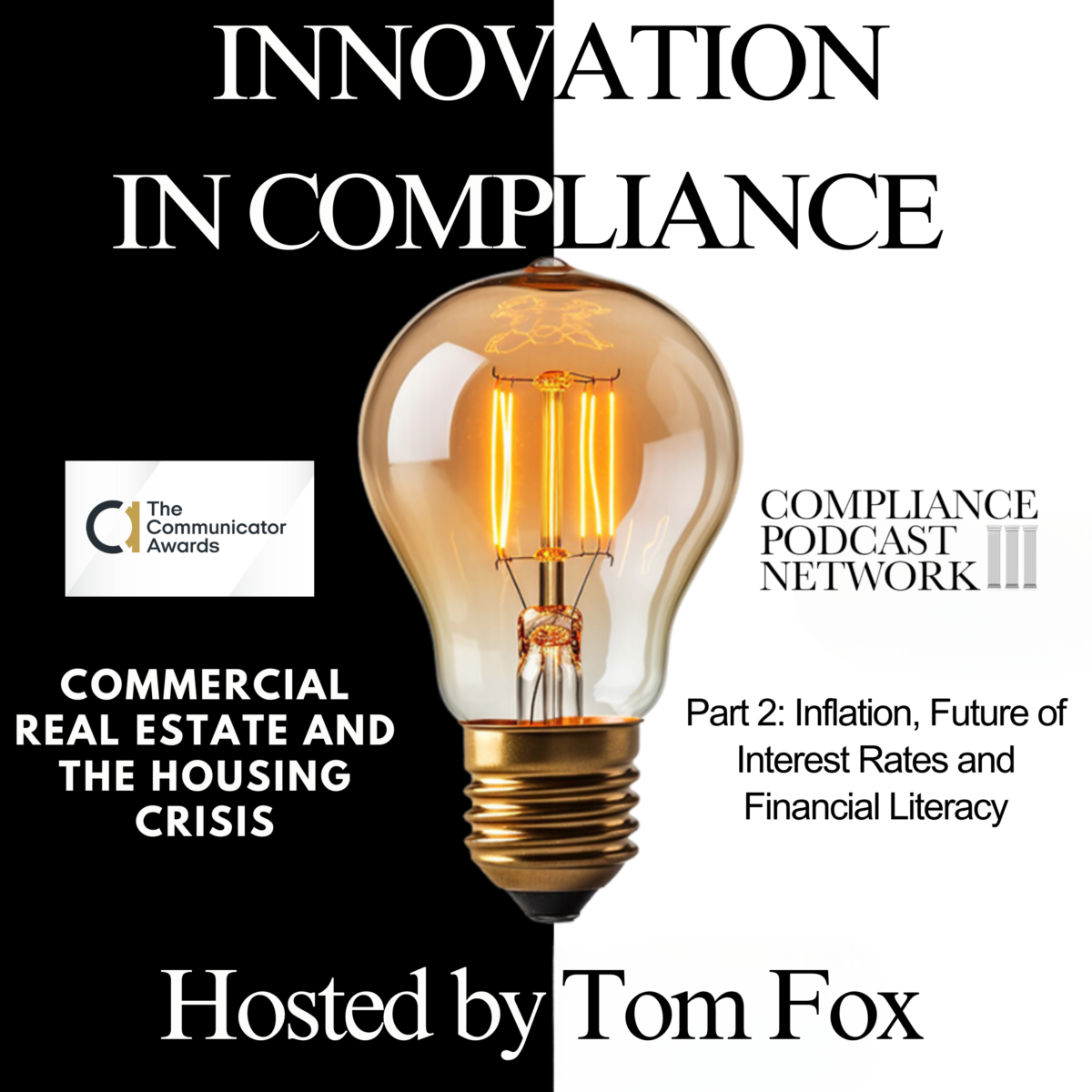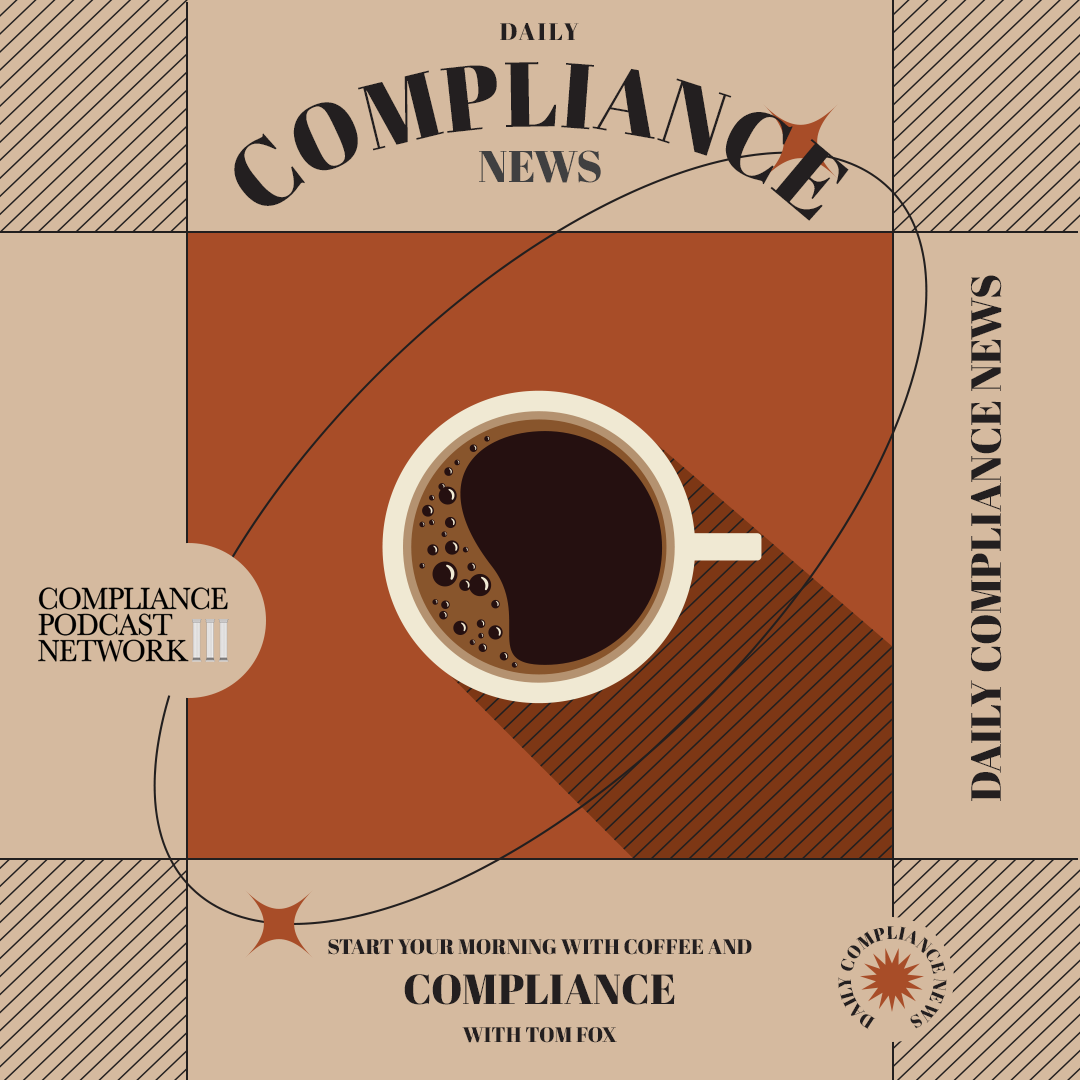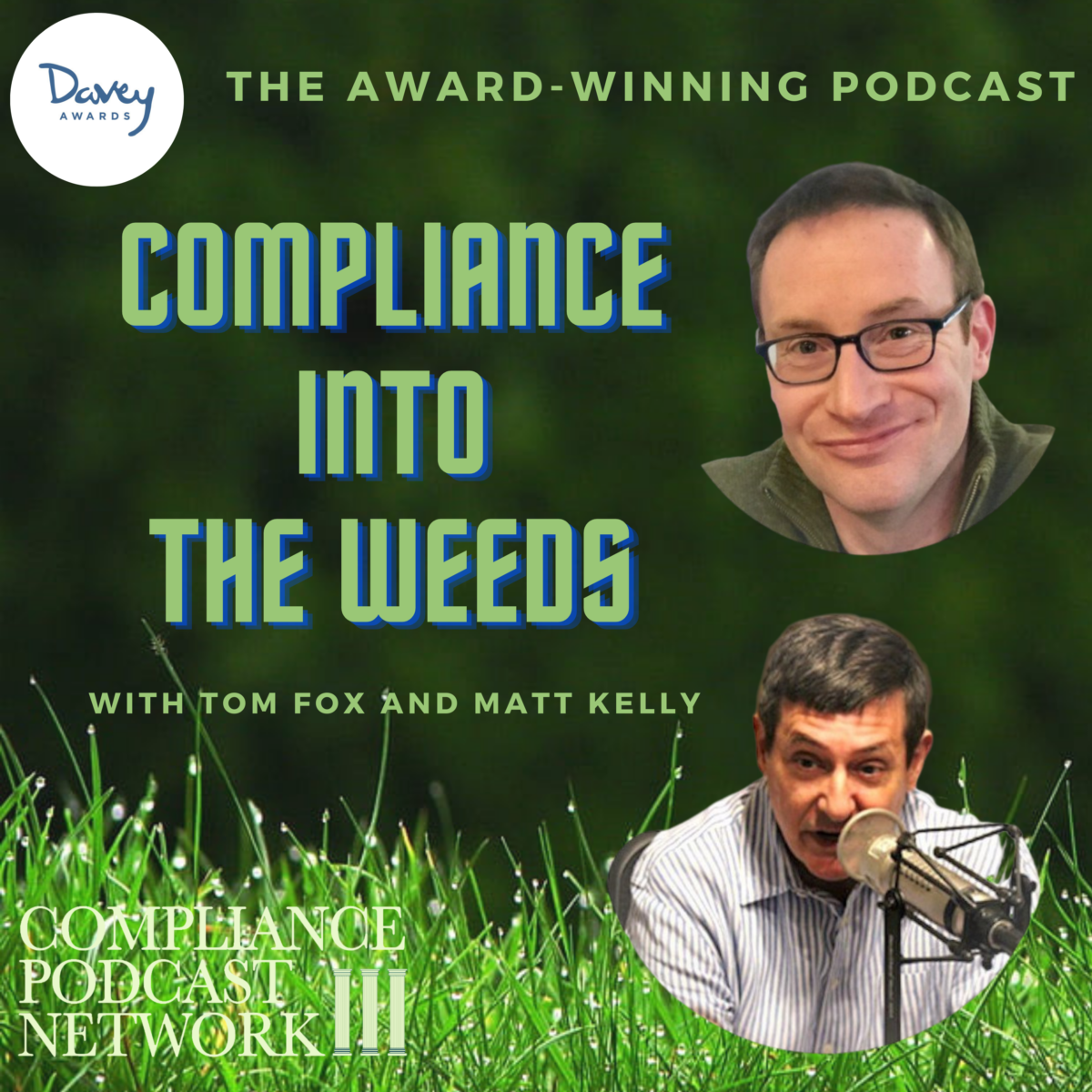We conclude our three-part blog series with a look at the affordable housing crisis. It is an omnipresent challenge facing many communities across the United States. From small towns like Kerrville, Texas, to bustling cities like San Francisco, the struggle to provide affordable and achievable housing impacts economies, businesses, and the quality of life for countless individuals. Our panel delved into this pressing issue, exploring potential solutions and the role various stakeholders can play in addressing the housing crisis.
In Kerrville, Texas, the average home sells for $375,000 to $395,000. This price range presents a formidable barrier for first-time homebuyers, including dual-income families and public service employees such as teachers, firefighters, and police officers. The high cost of housing impacts the city’s economy, particularly its three major employers: HEB Grocery Store, James Avery Jewelry, and Peterson Medical Systems. These employers need help finding housing for new hires, especially for entry-level positions.
A stark example of this issue is Peterson Healthcare, which has resorted to renting dormitories from Shriner University to accommodate mid to high-level nurses. While functional, this solution could be better, particularly for professionals in their mid-40s who live in one-room dorms.
Several economic factors exacerbate the housing affordability crisis, including reshoring construction resources into the United States. China, the largest importer of U.S. lumber, plays a significant role in this equation. If this lumber were retained domestically, it could be used to build more affordable homes. This scenario raises the question: could we initiate a housing construction boom similar to the post-Great Depression era, starting with entry-level homes?
We need a federal initiative akin to the CHIPS Act or a modern-day Marshall Plan to tackle the affordable housing crisis. Such a program would involve collaboration among stakeholders, including lumber companies, banks, new homeowners, and municipalities. This approach would focus on creating affordable housing through incentives, subsidies, and innovative construction techniques.
The issue of affordable housing is not confined to Kerrville. Mike Flanagan, who owns homes in Madison, Wisconsin, and Florida, shared insights into the housing market dynamics in these regions. In Madison, the housing market is extremely robust, with starter homes quickly being snapped up by retirees with cash. This scenario leaves younger families and first-time buyers needing help finding affordable housing.
The market remains strong in Southwest Florida even after significant hurricane damage, with high entry barriers. Workers in resorts, restaurants, and hotels often live an hour away due to the unaffordability of housing near their workplaces. This situation highlights the widespread housing crisis across different parts of the country.
Bart Peterson emphasized the need to acknowledge the housing affordability crisis as one of the significant challenges of our time. While the market works well for individuals with substantial means, it fails to provide decent, safe housing for those with lower incomes. Despite various federal and state programs encouraging affordable housing, these initiatives must be more complex and sufficient to meet the growing demand.
A Marshall Plan for affordable housing could streamline these efforts, focusing on increasing the overall housing supply to drive down prices. This plan would not involve the government micromanaging individuals’ lives but would instead increase the stock of affordable homes through incentives and support for private sector involvement.
John Petrovski highlighted that banks could play a significant role in a comprehensive housing plan, providing appropriate governmental push or oversight. Housing costs remain disproportionately high compared to average wages, necessitating more affordable housing options or increased rent subsidies.
Current programs, such as low-income housing tax credits and rent vouchers, are steps in the right direction but often need to be more efficient and adequate. A well-thought-out plan could significantly increase the volume of affordable housing by combining market rate incentives with government subsidies.
One panelist pointed out that local governments can contribute by helping with infrastructure costs for new developments. This assistance could make housing projects more feasible by reducing the upfront costs associated with water, sewer, and electrical connections. Moreover, local governments could explore innovative building techniques like steel frame housing, 3D printing, and mobile home communities. However, these solutions often need more support from residents concerned about property values and neighborhood aesthetics.
Within all this is the importance of financial literacy and responsible homeownership. Only some people are prepared for owning a home, such as maintaining the property and managing finances. Financial education programs could help potential homeowners understand these obligations and make informed decisions.
The affordable housing crisis is a complex issue requiring a multi-faceted approach. Collaboration between the government, private sector, and local communities is essential to develop innovative solutions and increase the housing supply. By addressing infrastructure costs, exploring new construction techniques, and implementing comprehensive financial education programs, we can work towards making affordable housing a reality for all Americans. This conversation is just the beginning. As business leaders, policymakers, and community members, we must continue to explore and implement strategies to address this pressing issue. Together, we can create a future where affordable, safe, and decent housing is accessible to everyone.













